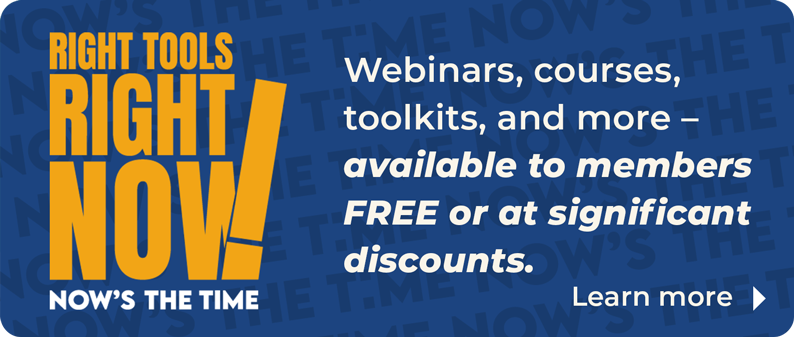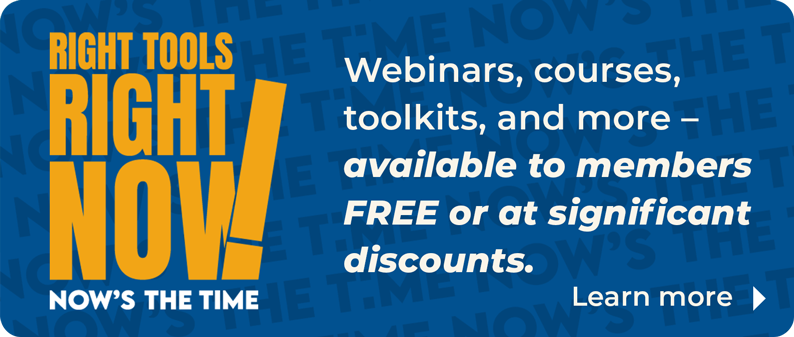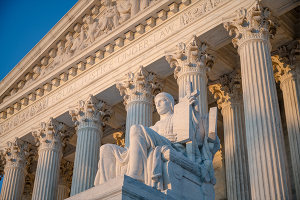Advocacy
What is the fundamental issue?
The term “broadband” is used to describe high speed Internet access provided by various technology platforms including cable, telephone wire, and wireless technologies. Broadband gives users the ability to send and receive data at volumes and speeds far greater than “dial-up” Internet access provided over traditional telephone lines. While the numbers of new broadband subscribers continue to grow, millions of Americans still lack access to broadband internet service. Moreover, several international rankings indicate that the U.S. is lagging behind other nations in broadband accessibility, speed and cost. Americans pay more and get less for broadband service than many countries across the globe. Realtors® support a comprehensive national policy to stimulate the deployment of broadband in underserved areas of the U.S., increase data speeds and lower broadband prices.
I am a real estate professional. What does this mean for my business?
REALTORS® support policies to encourage the growth of strong viable communities.
A national broadband policy will promote economic growth and expand opportunities for home sales. Communities prosper when they gain access to high-speed Internet. Property values increase, businesses grow and jobs are created. Broadband forms the infrastructure for the American economy’s digital future. Affordable high-speed broadband will soon become almost as important as water and electricity, and the absence of broadband makes a community a less attractive location for new investment and development. Furthermore, availability of “new economy” jobs is impossible in a community with little or no broadband access.
NAR Policy:
NAR supports the following Broadband Access Principles:
NAR supports the following Broadband Access Principles:
- Every American should have access to a high-speed, world-class communications infrastructure.
- High-capacity broadband connectivity should be affordable and widely accessible.
- A variety of options should be considered to encourage quality broadband deployment and adoption including action by the public and private sector.
Legislative/Regulatory Status/Outlook
Federal Broadband Investments in 2020/2021
Access to broadband has long been a key interest for Congress, but the COVID 19 pandemic put a spotlight on the discrepancies in broadband access across the country. As a result, we have seen an increase in federal appropriations for broadband access over the past year.
On March 23, 2020, the Broadband Deployment Accuracy and Technological Availability Act was signed into law and requires the FCC to change the way broadband data is collected, verified and reported and create more accurate broadbands maps.
On March 27, 2020, The Coronavirus Aid, Relief, and Economic Security Act (CARES Act) was signed into law to help address the adverse impacts of the COVID-19 pandemic and included funding for broadband such as $200 million for the COVID-19 Telehealth Program to help health care providers give services to patients at their homes or mobile locations.
On December 27, 2020, Congress enacted the Consolidated Appropriations Act, 2021 which included significant investments to increase broadband availability and accessibility for underserved areas and populations of the United States:
- Provides additional $250M for Telehealth Program passed in the CARES Act.
- Provides $3.2 B for the creation of the Emergency Broadband Benefit Program which subsidizes broadband service for eligible households who suffered income loss during the pandemic or met other need-based criteria. The FCC may reimburse providers up to $50 for service to each eligible household or nontribal lands and $75 for service to each eligible household on tribal lands. FCC may also reimburse cost of providing a computer or tablet to eligible households. FCC issued regulations implementing this program. It expires six months after HHS terminates the COVID 19 public health emergency.
- Provides $65 million to create broadband data maps required by the Broadband Deployment Accuracy and Technological Availability Act passed in March.
- Creates the Office of Minority Broadband Initiatives within the NTIA no later than June 25, 2021 and provides $285 million to create the Connecting Minority Communities Pilot Program to provide grants to eligible recipients to purchase broadband service and equipment.
- Creates two grants programs at NTIA—$1 billion to support broadband connectivity on tribal lands throughout the country and $300 Million to support broadband infrastructure deployment to areas lacking broadband. NTIA must issue a notice that invites eligible entities and covered partnerships to submit grant applications and provides the parameters for these applications.
On March 11, 2021, the American Rescue Plan was signed into law, which provides an additional $1.9 trillion in COVID relief. The bill created the Emergency Connectivity Fund, which provides $7.171 billion to reimburse schools and libraries for providing free broadband service (and connected devices) to students and patrons at their homes. The Emergency Connectivity Fund is a boost to the Federal Communications Commission's E-Rate Program which, since 1996, has helped make telecommunications services more affordable for schools and libraries. The bill also provides $350 billion to states/locals for economic recovery purposes which can include broadband infrastructure investments.
Next Steps:
Congress will continue to provide oversight of the federal broadband programs to ensure federal dollars are spent efficiently and verify that areas where broadband is needed the most are targeted. Congress will need to assess how effective these programs are and whether it makes sense to continue to reauthorize appropriations on an annual basis.
Current Legislation/Regulation
H.R.2400, The Community Broadband Mapping Act
H.R.3370, To streamline broadband permitting process for broadband services, and for other purposes
S.1676, The Rural Broadband Financing Flexibility Act
H.R.1631, The Community Broadband Act of 2021
S.1460, The Community Broadband Act of 2021
H.R.2667, The Broadband Equipment Rental Reform Act
S.1113, The Accelerating Rural Broadband Deployment Act
H.R.2411, The Broadband for All Act of 2021
H.R.2398, The Broadband Speed Act
H.R.1049, The Expediting Federal Broadband Deployment Reviews Act
H.R.1904, The Broadband Justice Act of 2021
S.592, The Broadband Reserve Fund Act of 2021
S.436, The American Broadband Buildout Act of 2021
H.R.1141, The Broadband Competition and Efficient Deployment Act
H.R.1045, The Broadband Resiliency and Flexible Investment Act
H.R.1053, The TRUSTED Broadband Networks Act
H.R.1051, The BROADBAND Leadership Act
H.R.1043, The Proportional Reviews for Broadband Deployment Act
H.R.1055, The Federal Broadband Deployment Tracking Act
H.R.1039, The Coastal Broadband Deployment Act
In-Depth
Letters to Congress
Letters to federal agencies
Issue summary
NAR Federal Issues Tracker
Legislative Contact(s):
Olive Morris
omorris@nar.realtor
202-383-1215
Sarah C. Young
scyoung@nar.realtor
202-383-1233
Melissa Horn
mhorn@nar.realtor
202-383-1026
Regulatory Contact(s):
Olive Morris
OMorris@nar.realtor
202-383-1215
Sarah C. Young
scyoung@nar.realtor
202-383-1233
Melissa Horn
mhorn@nar.realtor
202-383-1026





















